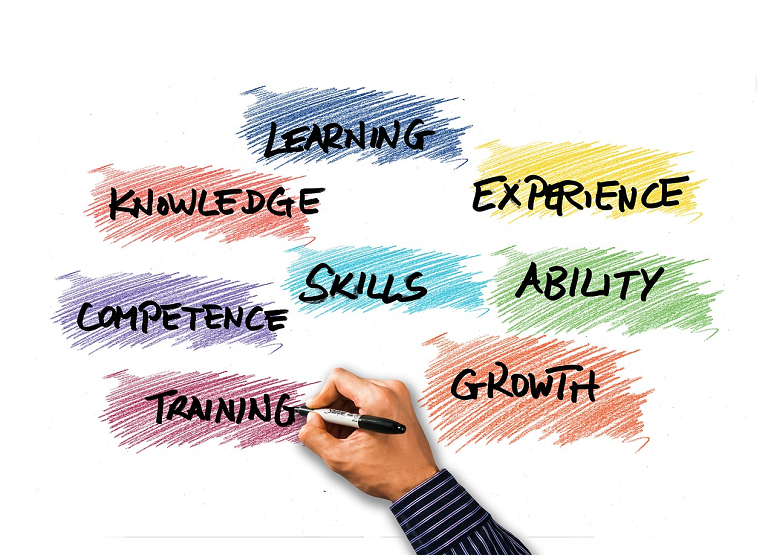Despite commitments of companies to improving customer experience (CX)—one has to just look at annual reports—CX has been stuck in a sorry state for three years in a row (source: Forrester CX Index 2016, 2017, and 2018), with no single company offering “excellent” customer service in 2017 and 2018, and companies offering “good” customer service declining from 17% in 2016 to 15% in 2018. Research surveys of stakeholders in the experience chain point to reasons why.
What Consumers Say
Consumers point to the lack of and inconsistency of knowledge among agents as their biggest hurdle in getting customer service (source: Forrester Consulting consumer survey, selection up to two answers):
- Different customer service agents give different answers (41%)
- Customer service agents don’t know the answer (34%)
- Can’t find answer on website (31%)
State of Agent Experience (AX)
If CX is not good, AX is downright miserable:
- 84% of agents complain that their desktop tools are not helpful to them in resolving customer queries (source: Gartner)
- Agents have an average of 10 hostile encounters per day with customers (source: Psychology Today)
- Agent churn is 30% to 50%, depending on whom you ask
What Agents Say
Not surprisingly, agent pain points mirror those of consumers (source: SurveyMonkey agent poll, sample size = 615). Their top hurdles:
- Finding the right answer (26%)
- Different answers from different systems (25%)
- Switching across multiple applications/windows (20%)
- Keeping up with new/changed information (14%)
The Environment
As routine customer questions get handled through customer self-service and products proliferate, today’s agents get more complex questions than ever before, requiring them to have 30-pound brains. At the same time, today’s Millennial and Gen Z agents do not like to keep things in their heads nor do they like to sit through training, preferring instead to look up answers and learn on the job.
The Solution
As the surveys demonstrate, the common denominator to both CX and AX challenges is the ability of contact center agents and company websites to answer customer questions, resolve their issues, and provide advice in today’s complex environments. The solution clearly lies in next-gen knowledge management (KM) that can guide customers and agents to what they need in an easy, conversational way, leveraging AI technologies such as reasoning, curated learning, machine learning, natural language processing, and analytics in conjunction with content management.
Best Practices
KM technology is critical to better CX and AX; so are best practices for success. Here are some to keep in mind, as you deploy KM.
Quantify Value: Assessing expected and realized ROI before and after the deployment helps you justify the initial investment as well as expand the value of the KM system. One best practice is to make sure the ROI metrics you use are aligned with business objectives. Some ROI examples from KM include:
- Deflection of requests for agent-assisted service through self-service
- Increase in first contact resolution
- Reduction in escalations, transfers, repeat calls, and average handle times
- Reduction in training time, unwarranted product exchanges and returns, field visits, and staff wage premiums
Start with Depth: Unfocused knowledge scoping almost always results in a shallow knowledge-base (KB) that’s full of holes. If agents and customers can’t find answers, they will simply stop using the system. One best practice is to focus first on depth rather than breadth of knowledge for fast, initial success.
Maximize Findability: Users prefer different ways of searching for information, just as drivers prefer different ways of reaching their destination—freeways or side-roads, for example. As a best practice, enable multiple search options such as FAQs, keyword and natural language search, topic-tree browsing, and conversational/process guidance to allow a broad range of users to quickly and easily find answers.
Say No to Silos: Companies often wind up with multiple, disparate knowledge silos that result in inconsistent answers, repeat calls from customers, and loss of trust in the KM system. Make sure you leverage a unified omnichannel knowledge platform for consistent answers across customer touchpoints.
Following these best practices will ensure great CX and AX, as well as business value from contact center KM. Just take a look at the following success stories from clients that followed such best practices:
- Telco giant: 10,000 contact center agents and associates in 600 retail stores use knowledge, infused with AI reasoning, to provide customer service to millions of consumers. Results: 37% improvement in First-Contact Resolution (FCR), 30-point improvement in net promoter score (NPS), and 100% improvement in speed to agent competency.
- Banking giant: Contact center agents use knowledge, infused with AI reasoning, to serve consumers as the bank expanded to 11 countries. Results: The bank reduced agent training time by 50% and ascended from No. 3 to No. 1 in NPS.
- Fast-growing B2B SaaS software company: Contact center agents use knowledge, infused with AI reasoning, to serve clients. Results: 35% improvement in finding the correct answer, 62% improvement in consistency of answers, and 67% improvement in speed to answer.
Given the increasing complexity of customer queries and the generational shift in the contact center agent workforce, KM is no longer a “nice to have.” The good news is next-gen KM, infused with AI, can help transform—not just improve—CX and AX. So what are you waiting for?










